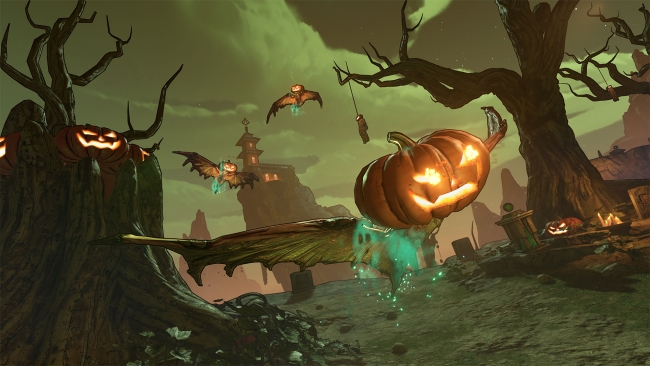Whether we wanted it or not, games are changing in big ways. I could go on and on about the advent of digital games or cloud streaming coming in to take over (and I have in the past), but right now I want to talk about a curious element that’s been creeping into modern gaming more and more: living games.
For…








